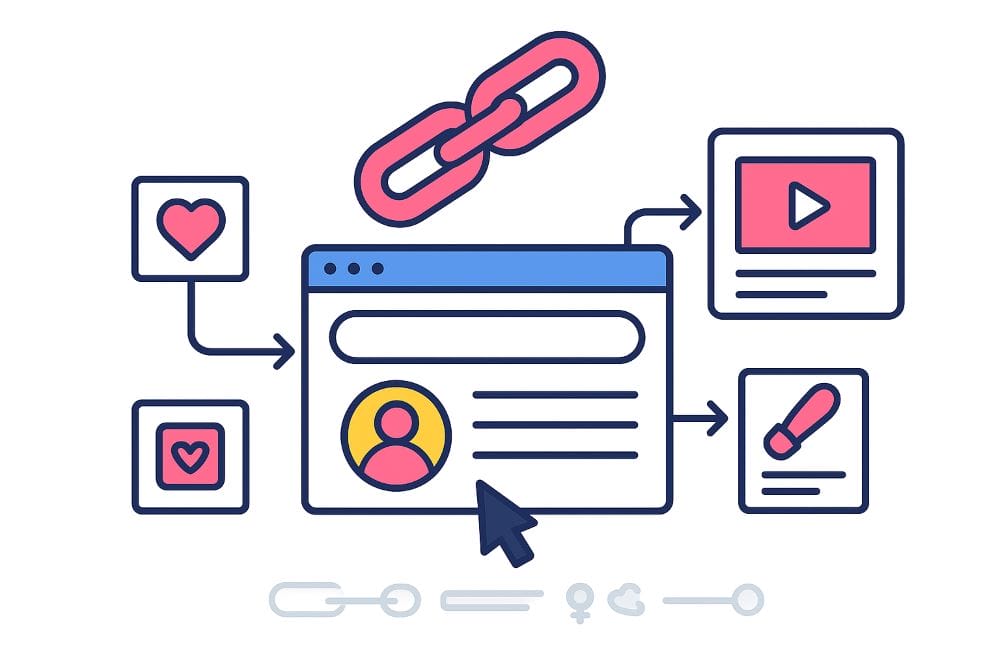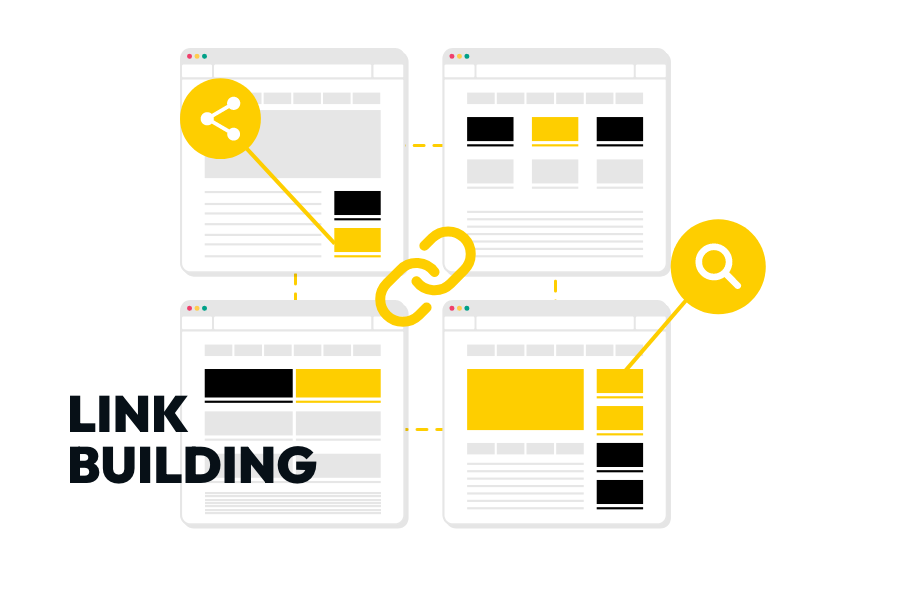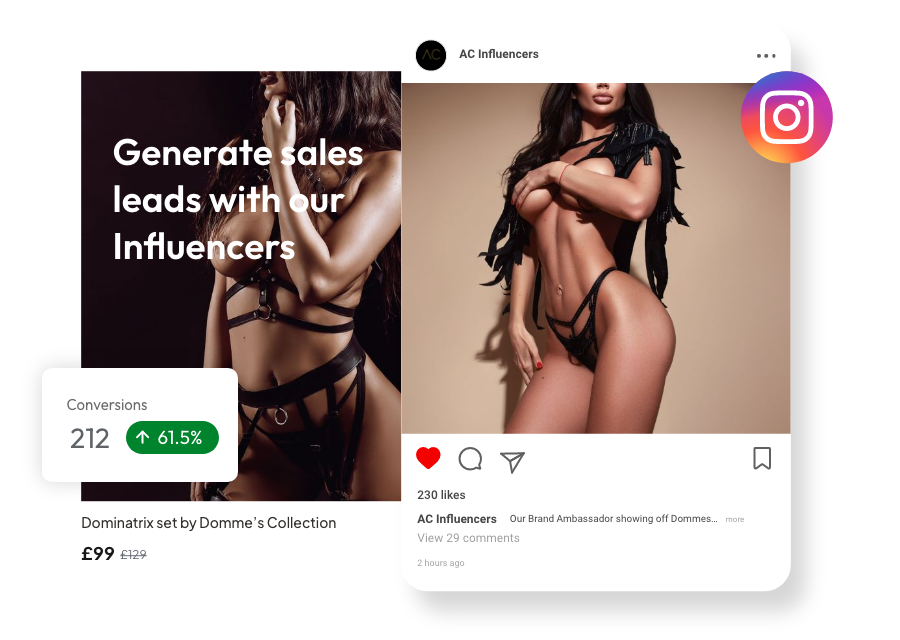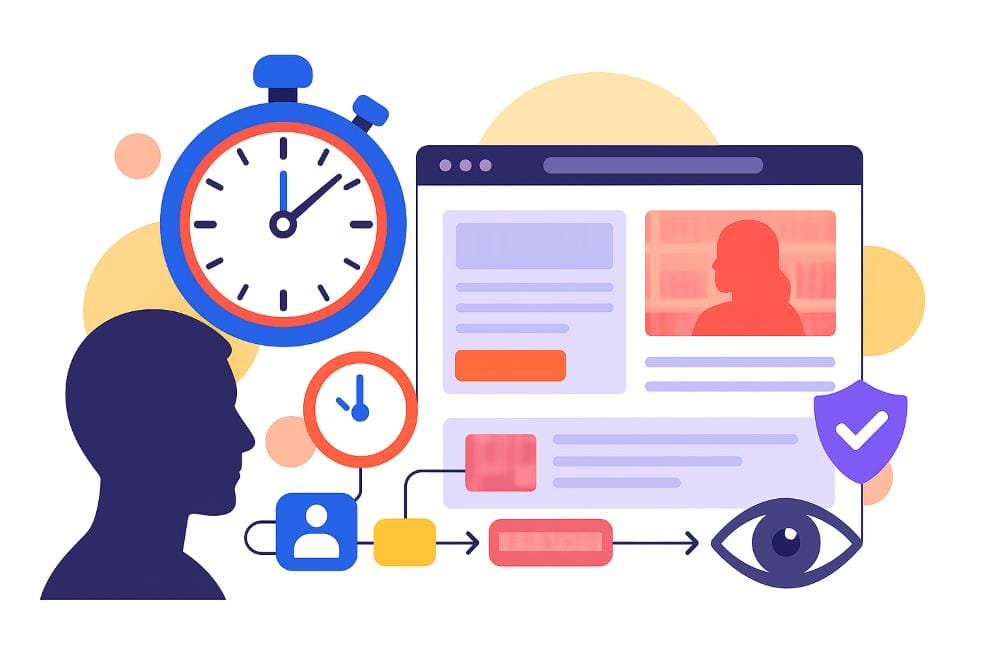How to Build an Internal Linking Strategy for SEO

Sure, backlinks are all that everyone talks about when it comes to SEO. But one of the most overlooked growth levers is internal linking. Get it right and you can lift rankings, spread authority across your site, and guide users where you want them to convert. Get it wrong, and you’ll waste crawl budget, bury key content, and leak revenue.
This guide explains why internal links are so vital, and – most importantly – how to build internal links for SEO across adult niches. Every insight here comes from proven SEO best practices, updated for today’s algorithms, compliance pressures, and user expectations.
Internal linking is just one piece of the puzzle. Our Adult SEO team builds full strategies designed to make every page work harder. Get in touch today and learn what we can do to help.
Contents:
- What Are Internal Links (and Why They Matter in SEO)
- How to Build Internal Links for SEO
- Anchor Text: How to Optimise Without Overdoing It
- How Many Internal Links per Page Do You Really Need
- How to Find Internal Links to a Page
- How to Fix Broken Internal Links
- How to Add Internal Links in HTML
- What Works and What Doesn’t
1) What Are Internal Links (and Why They Matter in SEO)

Internal links are simply hyperlinks that connect one page of your site to another. Unlike backlinks (which come from external domains), internal links keep equity in-house, which helps to strengthen your own ecosystem. Search engines use them to understand your site structure and prioritise crawling. Users rely on them to navigate categories, discover related content, and find what they came for.
Are internal links good for SEO? Absolutely. They’re the bridge between visibility and usability. Without them, Google might crawl your homepage and stop there. With them, you distribute authority to deep money pages – such as escort profile galleries, toy category pages, and cam model directories – and keep users engaged longer.
Want more fundamentals? Start with our explainer on SEO tips to rank higher.
2) How to Build Internal Links for SEO
When people ask how to build internal links for SEO, most focus on quantity. The truth? Internal linking only works if your architecture makes sense. These days, Google cares as much about context and structure as it does about raw link counts.
Here’s how to do it right:
- Think hub-and-spoke, not scattergun. Every site should have hub pages that act as “authorities.” Some examples include categories, guides, and directories. From there, link out to supporting pages (profiles, products, blog posts), and link back in. That two-way flow keeps hubs strong and prevents orphan pages.
- Keep depth shallow. No page should take more than 3–4 clicks from the homepage. On a porn network with 100,000 videos, this means linking scenes → categories → hubs instead of burying videos ten levels deep. On a cam site, performer profiles should always link back to directories and niches.
- Cross-link naturally. A rabbit vibrator page shouldn’t just link “up” to the Vibrators hub. It should also link “sideways” to a guide like “Best Rabbit Vibrators in 2025”, and perhaps to a cleaning blog. That way, equity flows across commercial and informational content.
- Balance user and bot journeys. Escort galleries should link categories (e.g. “Brunette Escorts”) to relevant FAQs (“How much does an escort cost?”) as well as profiles. That signals topical authority and also answers user intent in one click.
The rule is simple: every link should either make Google understand your site better or make users convert faster. If it does neither, cut it.
3) Anchor Text: How to Optimise Without Overdoing It
Anchor text is one of the most overlooked parts of internal linking… and one of the riskiest to get wrong. Over-optimisation (“Sex Toys” on every product page) looks spammy. Under-optimisation (“click here” everywhere) wastes context. What you do want is a varied, natural profile that helps Google understand relationships without tripping spam filters.
Take the high-class escort agency, Elite Society, as an example. Below, you can see how two different blogs both link to the same gallery, but each uses a different anchor phrase to keep the signal varied and natural.

Example 1: A blog using the anchor text “Elite London escorts.”
By varying the phrasing, Elite Society reinforces topical relevance without keyword stuffing. Each link supports the same destination page, but with slightly different linguistic signals.

Example 2: Another blog linking to the same page with “Premium London escorts.”
This variety tells Google the page is about a broader concept (“high-class London escorts”) rather than a single keyword. It’s more natural, more human, and less risky long-term.
Here’s how to approach it:
- Mix anchor types. Use a blend of branded (like “Lovehoney”), partial-match (“sex toys for men”), and descriptive (“explore our anal toy guide”). This variety keeps things natural while still signalling relevance. Avoid empty anchors like “read more here.”
- Match the page, not the keyword. If you’re linking to a GFE escort gallery, “girlfriend experience escorts” makes sense. Linking “cheap escorts” just because it’s a keyword target? That sends mixed signals.
- Context matters. In-body links carry the most weight. For a toy store blog, linking mid-sentence (“for beginners, our butt plug guide is essential reading”) is stronger than dumping links in a footer.
- Avoid overloading. Google can handle dozens of links per page, but repeating the same anchor text 20 times dilutes value. Spread relevance across multiple phrases instead.
So yes – internal links are good for SEO, especially when the anchors vary naturally. In fact, varied anchors send stronger topical signals than repetition. Done right, they help both users and search engines connect context with intent.
For more industry insights, read our blog on the SEO blind spots no one talks about (and how to fix them).
4) How Many Internal Links per Page Do You Really Need?
The truth is, there’s no fixed number. Google can crawl hundreds of links on a page, but that doesn’t mean you should use that many. The focus should be on clarity and intent… links that genuinely help users and distribute authority, not clutter that dilutes both.
Rules of thumb for this day and age:
- Large networks (porn sites, cam directories): 30–60 internal links on a homepage or major hub is typical. Some go higher, but only when links are clearly structured into categories or filters. Anything beyond that starts to feel noisy.
- Transactional pages (product or escort profiles): 3–10 links are ideal. A toy product might link to its category, a comparison guide, and related items. An escort profile could link to her category, location hub, and a relevant blog post.
- Blog posts: 2–5 links per 1,000 words is a safe, effective range. Prioritise contextual links that help readers move deeper into your content, and avoid keyword-stuffed anchor text or repetitive linking.
The key isn’t “how many,” but how useful each one is. Internal links should feel like natural next steps in the user journey. If the page looks like a dumping ground, both readers and search engines will tune it out.
Looking to write content that ranks, engages, and sells? Here’s our helpful guide on how to come up with blog ideas for your website.
5) How to Find Internal Links to a Page
The reason it matters? Orphan and underlinked pages. If Google can’t discover a URL through internal links, it’s unlikely to crawl it regularly or rank it competitively, even if it’s included in your sitemap.
Here’s how to identify those weak spots:
- Screaming Frog or Sitebulb: run a full crawl and check the Inlinks column. You’ll see how many internal links point to each page, and which ones have none.
- Ahrefs / Semrush: their Site Audit tools list inlinks and flag orphan pages that exist in your sitemap but aren’t linked from any other page.
- Google Search Console: under “Links,” the “Top linked pages (internal)” report highlights which URLs receive the fewest internal references. It won’t show true orphans, but it’s a quick way to find underlinked pages.
In the adult industry, this issue is everywhere: new performer profiles added but never linked in directories, product launches not tied to category hubs, or older porn scenes pushed off the homepage with no archive link. Each one wastes crawl budget and authority flow.
6) How to Fix Broken Internal Links
Broken internal links are one of the fastest ways to waste crawl budget and lose equity. Every 404 tells search engines your site isn’t being maintained… and for users, it kills trust instantly.
Here’s how to keep them under control:
- Run scheduled crawls: Tools like Screaming Frog or Sitebulb flag 404s, soft 404s, and redirect chains automatically. For large adult networks, run these at least monthly.
- Redirect with intent: Always point to the most relevant live page. If a pornstar retires, redirect her profile to the closest active category or duo page. If a toy is discontinued, redirect to the parent category or the updated product line.
- Fix the source link: Don’t rely on endless 301s. Update or remove the broken link where it appears so equity flows directly, and you’re not stacking redirects.
As you might have already guessed, adult sites evolve quickly, what with performers leaving, toys selling out, and old scenes getting delisted. Because of this, fixing broken internal links should be part of ongoing maintenance, instead of a one-off task. The faster you catch them, the less ranking power you lose.
7) How to Add Internal Links in HTML
At its simplest, adding internal links in HTML looks like this:
<a href="[domain name]/category/vibrators">Explore our Vibrators</a>But the way you implement those links determines how much value they pass.
- Use clear, descriptive anchor text: “Explore our Vibrators” gives both users and Google context. Avoid vague phrases like “click here” or over-optimised repeats of the same keyword.
- Keep links crawlable: Always use plain HTML <a> tags, not JavaScript events or form actions. Googlebot sometimes ignores links triggered only by scripts.
- Mix link types: In-body contextual links carry the most weight, but navigation menus, breadcrumbs, and footers reinforce site structure and user flow.
- Check for accessibility: Alt text and ARIA labels (where relevant) improve usability and ensure screen-reader support. This is something regulators are watching more closely under the UK Online Safety Act.
For escort blogs, link naturally mid-paragraph (“girlfriend experience escorts”) instead of dumping a list of URLs at the bottom.
For toy stores, weave links contextually into buying guides or how-to content so users stay in the funnel rather than leaving for search.
Worried your site isn’t prepared for massive spikes in user activity? Read our guide on how to handle high traffic on your adult website.
8) What Works and What Doesn’t
Internal linking on adult sites is often where even established brands go wrong. You’ll see gorgeous sites (the ones with expensive builds, professional photos, and polished UI), but underneath, the link structure is broken or chaotic.

Here’s what separates the brands that scale organically from the ones that stall:
- Porn networks: The best-performing networks (think of how xHamster or Bellesa organise content) don’t just dump videos into endless scrolls. They connect everything by niche and performer, with scenes linking to categories, tags, related performers, and director pages. That tight web of internal links builds massive topical authority and keeps users exploring longer.
- Cam platforms: Sites like Chaturbate and Stripchat nail the fundamentals by linking every model profile back to its directory (“Latina cams,” “Couple cams,” “Fetish cams”) and cross-linking models via tags and chat topics.
- Adult toy retailers: The smartest stores (Lovehoney, for example) don’t rely solely on product filters. Every product links to its category, comparison guides, and FAQs like “How to clean a Fleshlight” or “Are butt plugs safe for beginners?” These links build trust, improve conversions, and increase dwell time, which are all ranking signals.
- Escort agencies: Internal linking is critical for agencies dealing with frequent turnover. Linking new escort profiles to category pages (“GFE escorts,” “Party girls”) and location hubs (“Chelsea escorts,” “Mayfair escorts”) helps distribute link equity evenly. The agencies that do this well rarely lose rankings when a model retires or changes name, because their structure absorbs the change.
Want to see how we implement this structure in real projects? Explore our Adult SEO case studies to see how our efforts helped drive compounding growth.
Ready to Turn Your Links into Leverage?
In the world of SEO, internal linking is one of the few ranking levers fully under your control. You can’t change Google’s rules, and you can’t always win backlinks, but what you can do is control how link equity flows through your own site.
Here’s what to remember:
- Keep every key page (category, product, or profile) within three clicks from your homepage.
- Use descriptive, varied anchor text… avoid over-optimised spammy phrases.
- Audit for broken links monthly and redirect with relevance, not laziness.
- Think in clusters. Create “topic families” of blogs, guides, and hubs that link together naturally.
Want experts to handle the heavy lifting? Our Adult SEO team builds scalable linking architectures that lift authority, rankings, and conversions across every adult niche – from toys and cams to networks and agencies.
For more on link-building, read our blog on backlinks and why they’re important for SEO.



